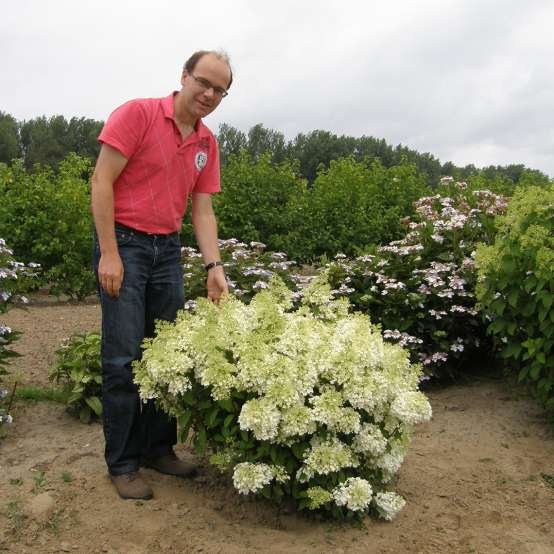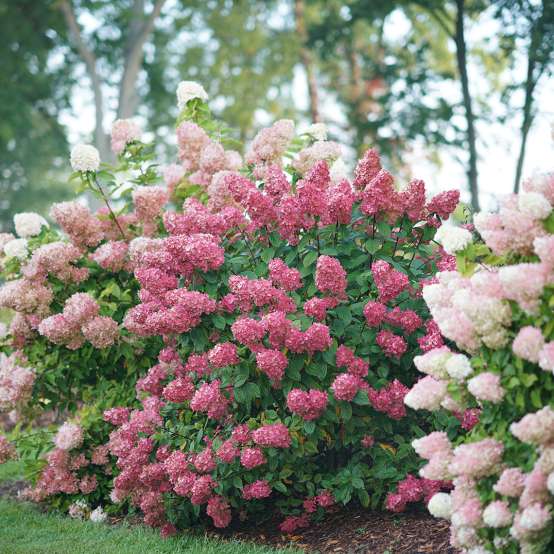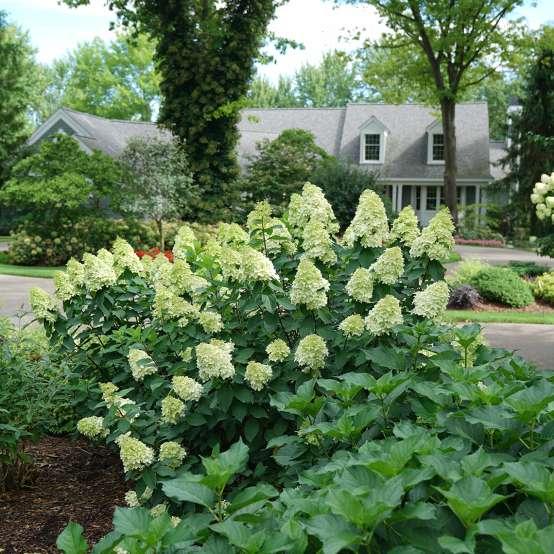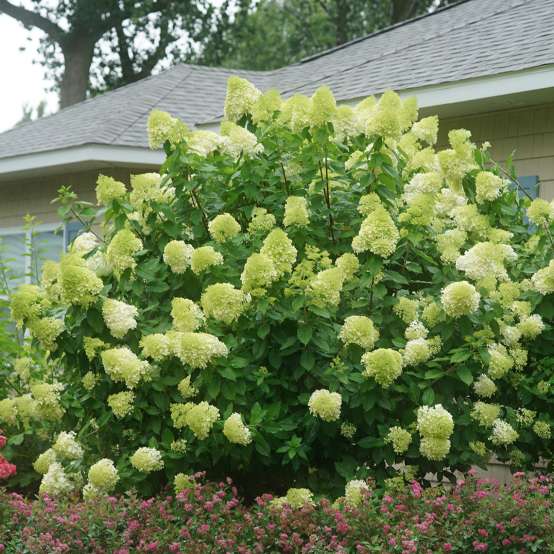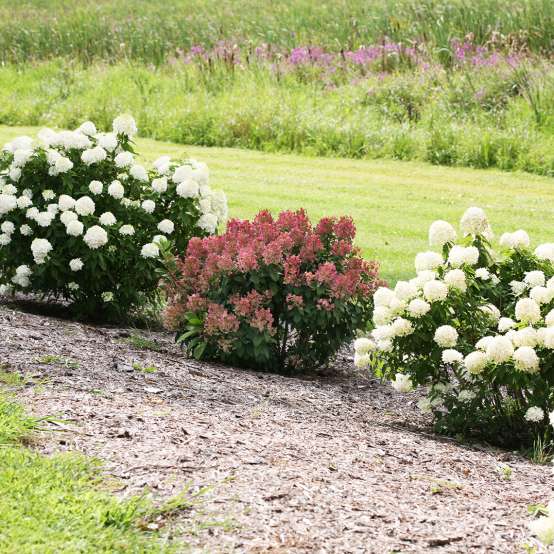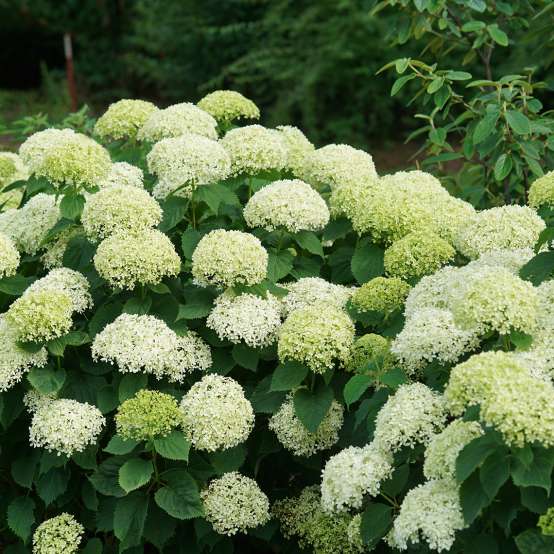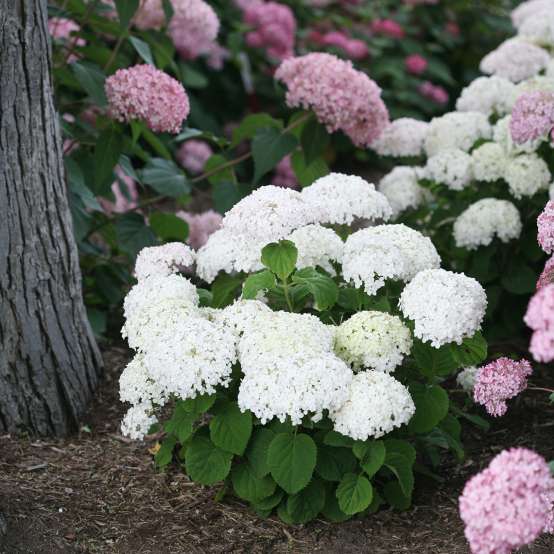Clicking the following controls will change the main image displayed above.
- Benchcard: Fire Light Tidbit® Hydrangea Benchcard
- Spec Sheet: Fire Light Tidbit® Hydrangea Spec Sheet
- Grower Sheet: Fire Light Tidbit® Hydrangea Grower Sheet
- Plant of the Week: Plant of the Week April 14, 2022

Meet the Breeder
Tim Wood
Grand Haven, MI, USA
FIRE LIGHT TIDBIT®

Panicle Hydrangea
Hydrangea paniculata
'SMNHPK'
PP#32,512; CBR#7266
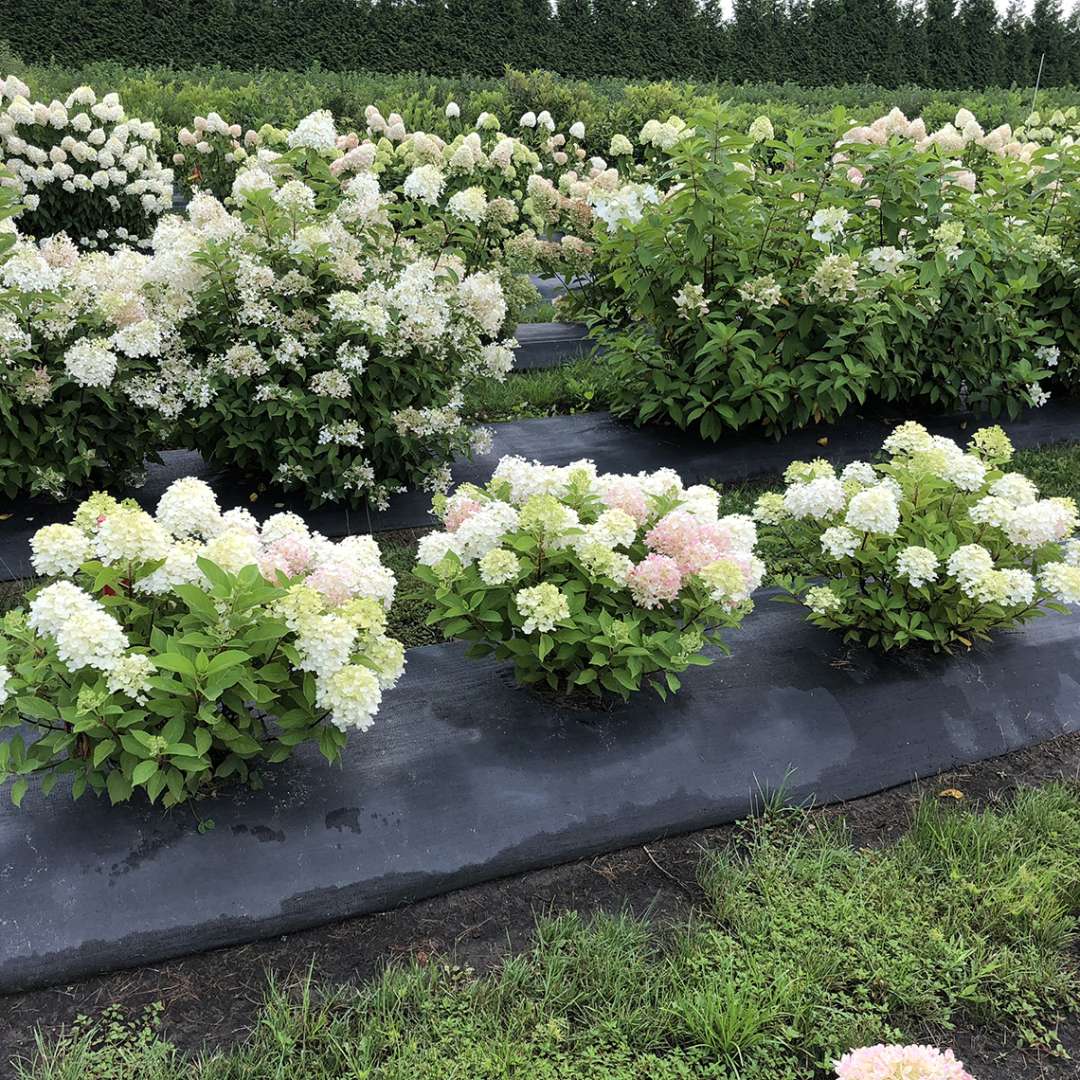
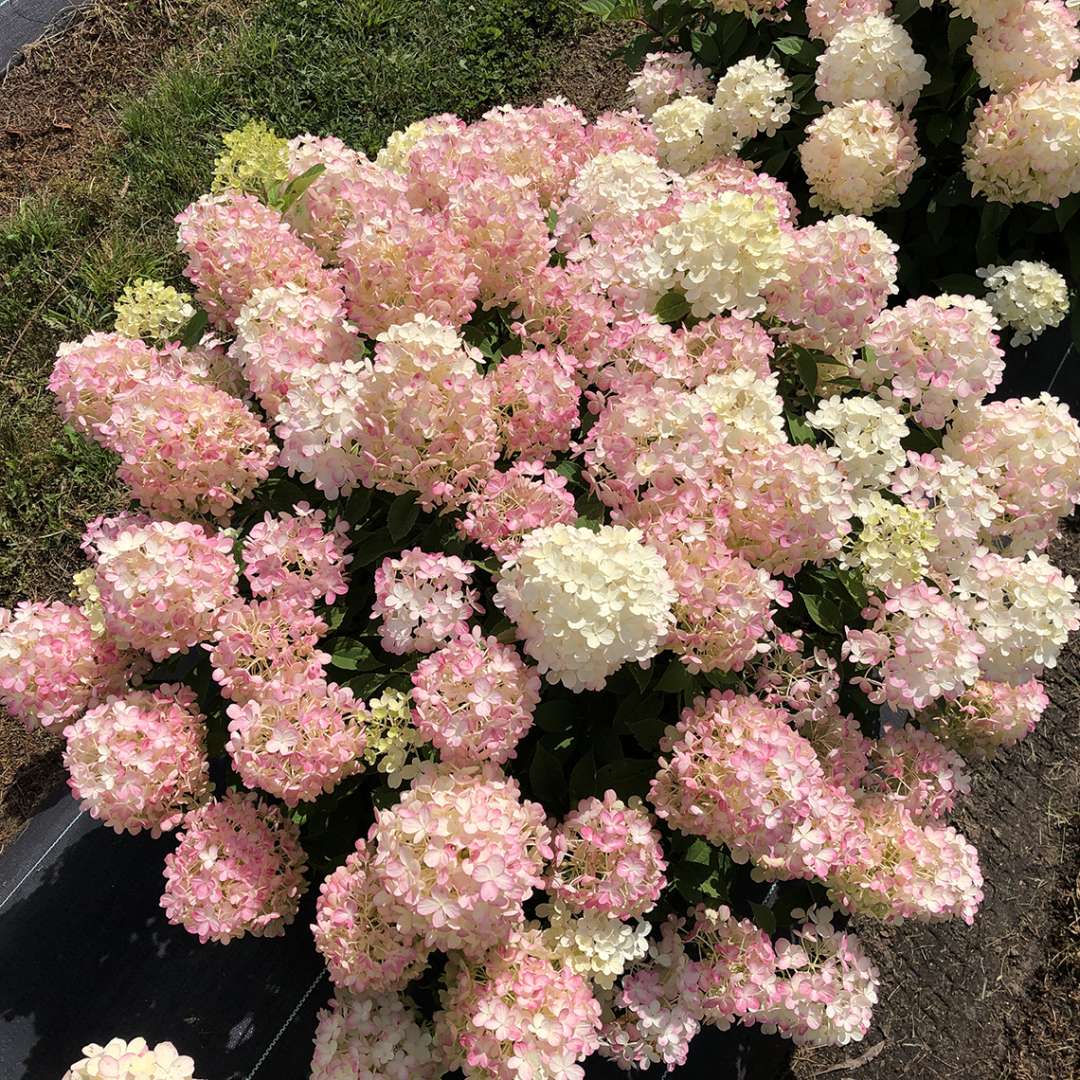
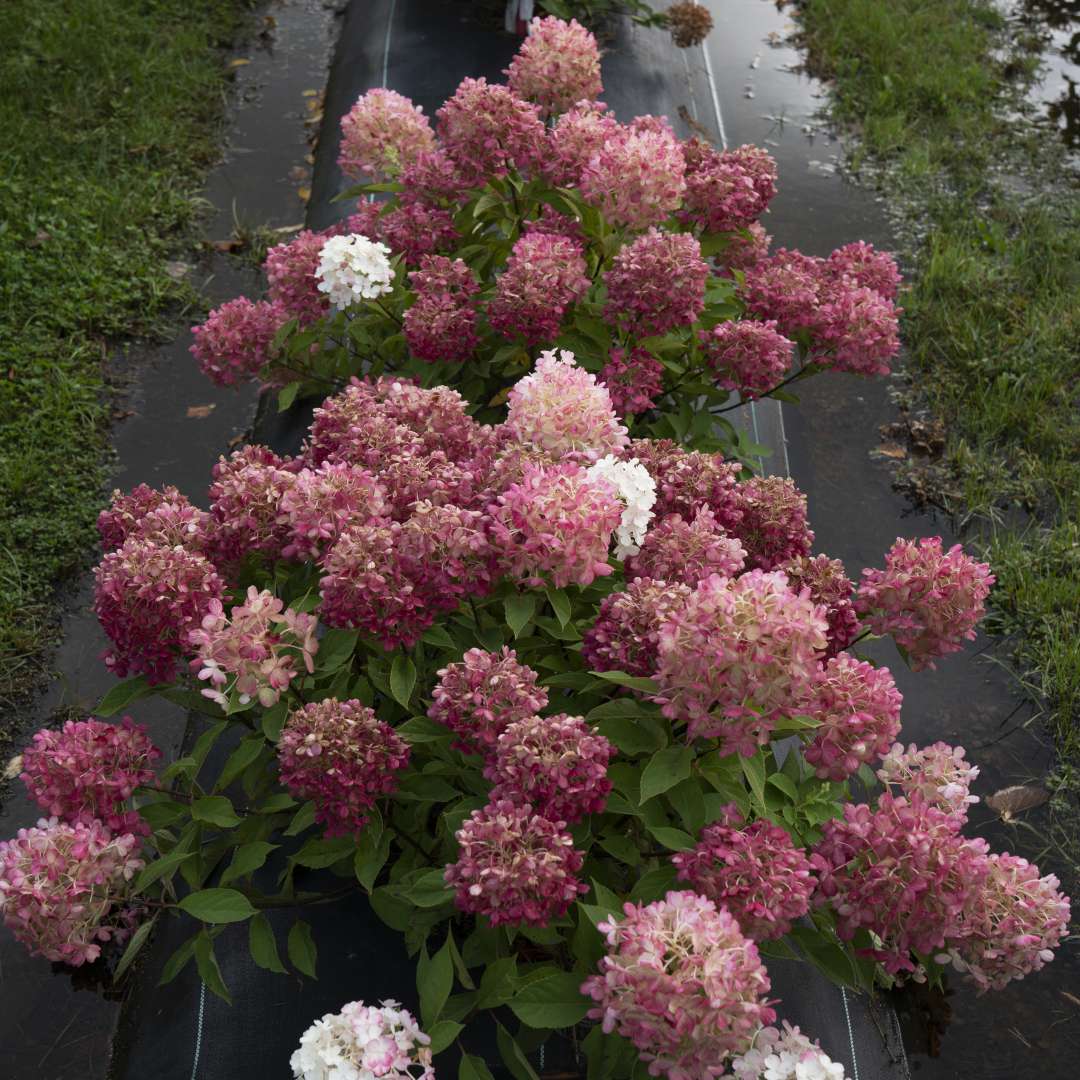
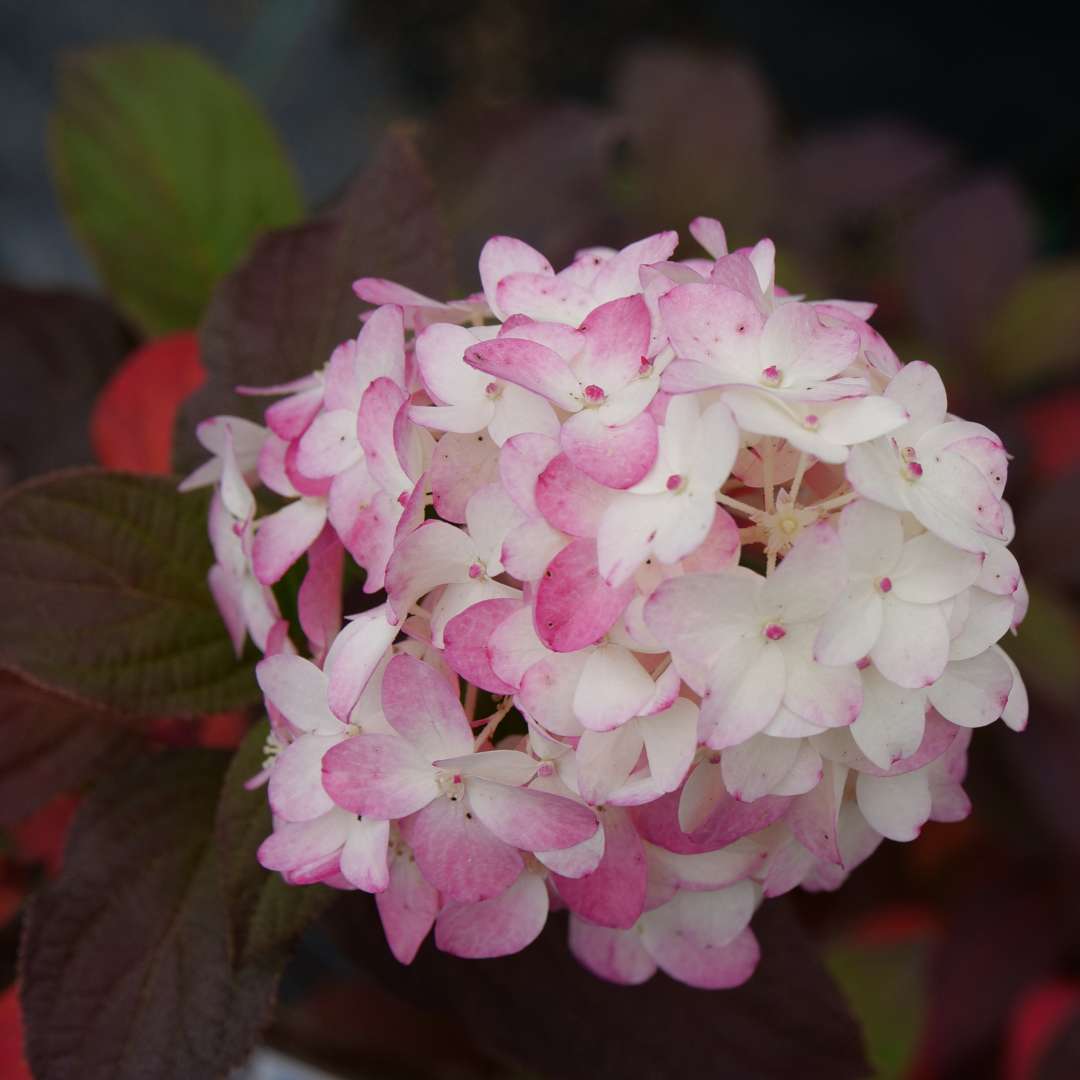
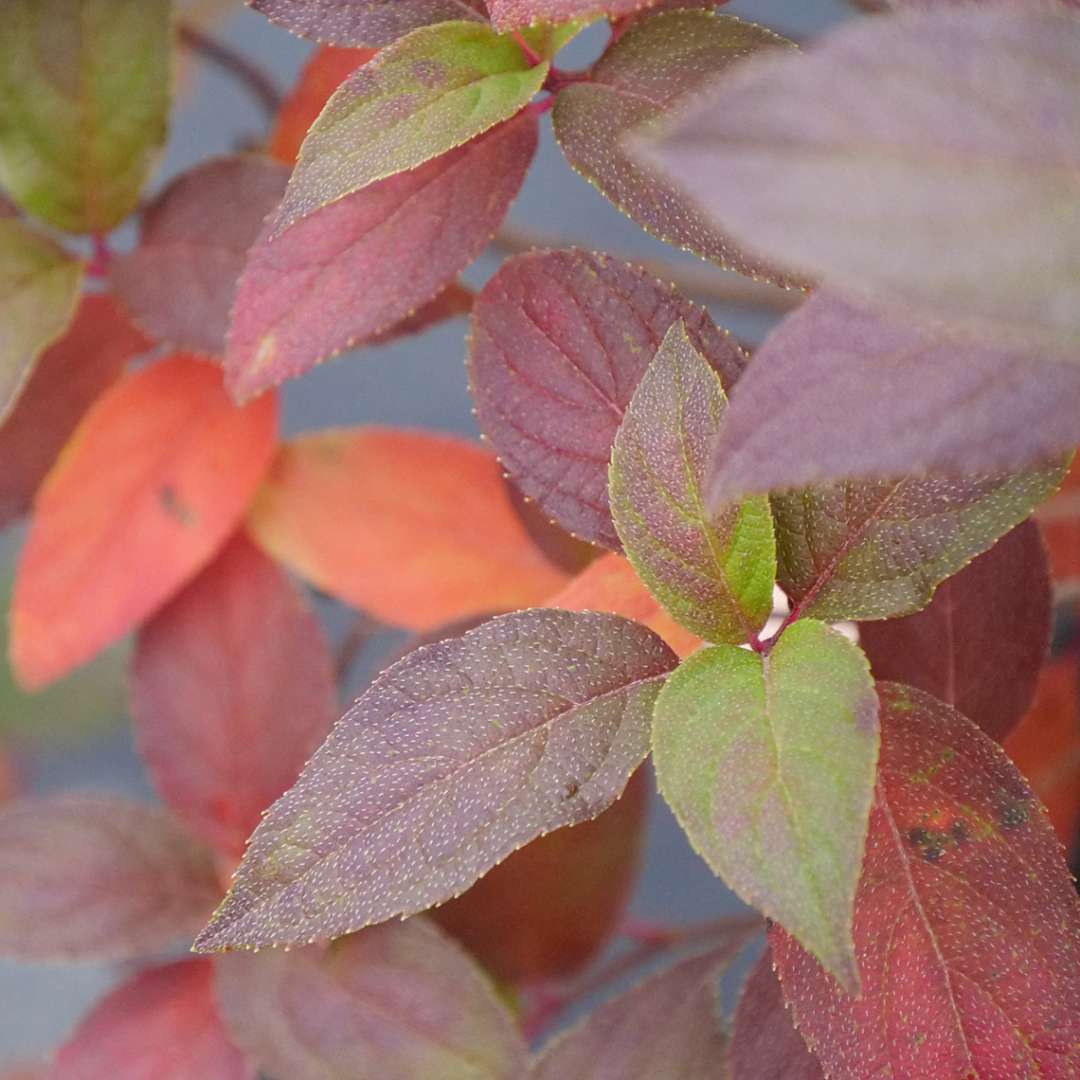

- Dwarf Hydrangea
- Autumn Foliage
- Late Season Blooms
- Description
A dwarf hydrangea, a bit like Bobo®. but with a lower, mounded habit and a lot more color. The late-season blooms emerge a bright lime green, transition to white, and quickly take on hues of dragon fruit pink. A perfect little front of the border plant to pair with Supertunia Vista Bubblegum®. As a bonus, it will often give you a nice display of orange-red autumn foliage.
Looking for finished plants? Find a wholesaler or retailer here.
- USDA Zone
- 3-8 (-40°F/-40°C)
- Exposure
- Full sun, Part sun
- Height
- 2-3'
- Width
- 3'
- Finish Time
- 1 season
- Type
- Deciduous
- Bloom Time
- Summer
- Flower Color
- Green, Pink, White
- Foliage Color
- Green
- Liner Sizes
- 2 1/4", 4", Quick Turn
General Care
Soil
Adaptable to most any soil except very wet or excessively alkaline soils.Pruning
In late winter or early spring, cut back by about one-third its total height, just above a set of large buds. This ensures that the growth for the season will come vigorous buds lower on the plant and also serves to remove any remaining dried blooms. Alternatively, cut back in autumn once the plant has gone completely dormant. May be cut back harder if desired, though this tends to produce stems that are unable to achieve maximum stem strength the following season.Uses
Specimen; mixed borders; mass plantings. Makes a good hedge or screen. Excellent for cut flowers, both fresh and dried.Growing Tips
Panicle hydrangeas are the most sun tolerant hydrangeas and are also resistant to wilting. In cooler climates, full sun is recommended for best stem strength and flower set. Flower color is unaffected by soil chemistry. If flowers turn brown and dry instead of aging to pink or red, this indicates that the plant needs more water or that nighttime temperatures are too high for the transition to occur.Features: Compact, Cut flower, Dwarf, Fall interest
Filters: Botanical genus: Hydrangea, Common name: Panicle Hydrangea, Retail program: Proven Winners® ColorChoice®, USDA Zone 3, USDA Zone 4, USDA Zone 5, USDA Zone 6, USDA Zone 7, USDA Zone 8, Exposure: Full sun, Exposure: Part sun, Bloom time: Summer, Green flowers, Pink flowers, White flowers, Green foliage
Features: Compact, Cut flower, Dwarf, Fall interest
Filters: Botanical genus: Hydrangea, Common name: Panicle Hydrangea, Retail program: Proven Winners® ColorChoice®, USDA Zone 3, USDA Zone 4, USDA Zone 5, USDA Zone 6, USDA Zone 7, USDA Zone 8, Exposure: Full sun, Exposure: Part sun, Bloom time: Summer, Green flowers, Pink flowers, White flowers, Green foliage

